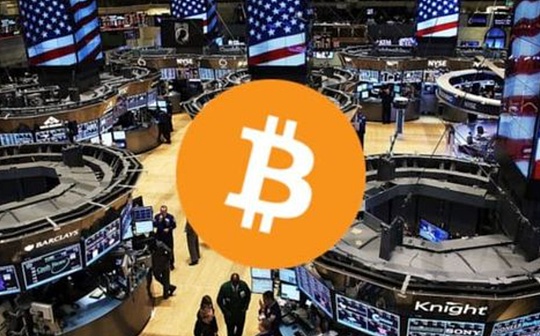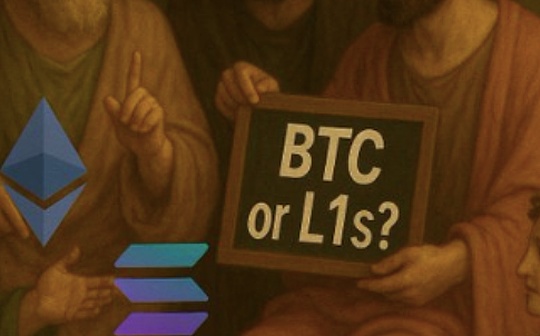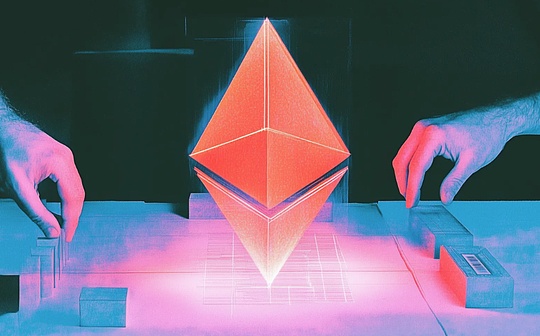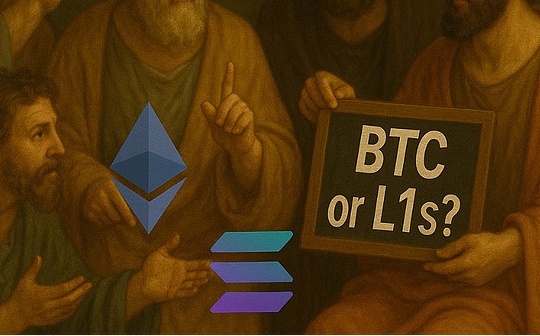
Author: Victor Ramirez, Matías Andrade and TANAY VED Source: Coinmetrics Translation: Good Ouba, Bit Chain Vision World World
Points in this article:
-
In recent years, the completely diluted valuation (FDV) of each project was greatly different: the median in 2020 was $ 140 million (DEFI protocol), soaring in 2021 to 1.4 billion US dollars (NFT, game), declined in 2022 decreased(L2 is 800 million US dollars), from 2023 and 2024 to $ 2.4 billion and $ 1 billion, mainly involving replacement of Layer 1 project and Solana project.
-
FDV ignores the short -term market impact, so circulation (that is, public supply) is also important.High FDV, low -circulating tokens such as World Coin ($ 800 million and US $ 34 billion) may mislead the real valuation.
-
In order to promote the adoption of the agreement, the airdrops are distributed to the tokens, and the receiver often sells quickly.Although it was profitable at first, most of the airdrops depreciated for a long time, BONK was an exception (about 8 times the return).
introduction
One of the most commonly discussed topics in the field of cryptocurrencies is token economics, which is a system that distributes to tokens.Token economics represents a balanced power, which must not only appease different interests, but also ensure the current and future value of the project.
The encrypted projects use various token economics programs to motivate certain behaviors in their respective ecosystems.Some tokens are unlocked to the public. Users can have the “shares” of the project and discover the price.To motivate project development,It can lock some tokens for early investors and team members, usually locked at a preferential rate before entering open market transactions.Some projects even use airdrops to reward the user based on the user’s key behavior. The user behavior includes providing liquidity for decentralized exchanges, voting for governance proposals, or bridges to L2, and so on.
In this article, we will explore the different factors of the project token economics and its impact on the token valuation and chain activities.
Understand completely diluted valuation (FDV)
To understand the slight differences in tokens, we will explain some commonly used valuation indicators.Market valueIt is the asset market value calculated only with circulation supply, excluding the supply that will be assigned to early investors, contributors and future distribution.The market value of circulation is measured by the market’s view of the current token valuation.Free circulation supplyIt is a trading tokens on the open market.Complete dilution valuation (FDV) refers to the asset value of all tokes when it is circulating, so it is called “complete dilution”.FDV is a measurement indicator for the future valuation of tokens.
FDV of token issuanceCan be reflected to a certain extentThe market is expected to the future value of the current project.The figure below is the FDV of several cryptocurrencies.
>
The median FDVs released in 2020 ($ 140 million), but the blue -chip protocols, such as Uniswap, AAVE, and famous Layer 1 such as Solana and Avalanche, which were born in DEFI summer.The medium value of the FDV at the time of the 2021 was jumped to 1.4 billion US dollars, mainly NFT and game projects such as GODS University, Yield Guild Games, and Flow.The FDV decreased in the 2022s was mainly the release of APECOIN and the early Layer 2 generations such as Optimism.In 2023 and 2024, the FDV rebounded to US $ 2.4 billion and US $ 1 billion, mainly the new wave of L1 projects such as APTOS and SUI, as well as the rise of Solana projects such as Jupiter and Jito.
Not all FDVs are equally important
Although FDV is very useful in terms of measuring long -term value, it does not take into account the short -term market developments that may bring about liquidity and supply shock.Therefore, it is important to connect the FDV with its circulation or the supply that can be used by the public.
Compared with the total supply, the large circulation tokens such as Bitcoin have a considerable liquidity. Market participants expect future tokens to issue a supply shock, because more than 90%of Bitcoin has been dug upout.Compared to total supply, low circulation tokens means that most of its FDVs are non -liquidity.Therefore, high FDV and low -circulating tokens may mean inflation and illusory of its total valuation.One of the extreme examples of high FDV and low circulation tokens is World Coin, which has a market value of about 800 million US dollars, but FDV is about 34 billion US dollars -50 times the difference.
In general, we have seen that the industry standards are basically 5-15%of the tokens to unlock the community, and the remaining supply locks the team, investors, foundation, donations or other unlock events.Projects released before 2022 are often more diversified tokens.
>
High FDV and low -circulating tokens have been criticized by the encrypted community.A historical example is FTX’s token FTT. FTX uses it to exaggerate its balance sheet by calculating its non -liquidity shares as assets.The tokens issued by high FDV and low -circulation volume have been criticized as a tool for early investors and other insiders to get rich at the expense of the interests of retail users.This may contribute to the transformation of market sentiment to nihilism, leading to a large amount of retail liquidity flowing into MEME coins, often providing a larger share of supply to the public in the early days.
But is it the only reason for the poor price performance?
>
We discovered,Generally speaking,The circulation during the distribution is not meaningful to the appreciation of the tokens after one year of issuanceEssenceThis is quite consistent with our previous discovery, and the latter shows that the sudden impact of the sudden impact of free circulation has no consistent directional impact on prices.
Airdrop and protocol activity
Some agreements use airdrops to distribute tokens to the community and alleviate the risk of low circulation.The airdrops are rewarded with early users by giving users to tokens based on some expected behaviors. These behaviors have promoted the growth of the agreement, similar to the encrypted stimulus inspection of early users.Early users using token award agreements for airdrops are specifically to issue tokens based on certain behaviors that can promote the development of the agreement, similar to encrypted incentive checks on early users.In the previous SOTN airdrop, we found that most addresses sold their airdrop tokens shortly after receiving the tokens.
Although the airdrop provides a good accident, most airdrops will lose its long -term value.
>
Taking the first trading day after the airdrop as the reference point, only about one -third of the tokens maintained its value after the first airdrop.Holding the median return of the airdrop tokens is -61%.However, some airdrops have appreciated, such as BONK (about 8 times).
Token rewards are only a way to start online activities, but will they really cause actual use?It is difficult to measure actual economic activities, because each agreement has different uses and indicators to measure these uses.For example, we take the OPTIMISM as an OPTIMISM as an example, and use the amount of funds that deposits into the network as the general agency indicator to measure user activitiesEssence
>
We saw that after the airdrop, the number of calls in the Optimism gateway increased.In the next year, the event gradually decreased, which consistent with the overall decline of encryption activities.In short, the airdrop may increase the amount of the agreement in the short term.But whether it can create a real, sustainable long -term growth remains to be observed.
Although the airdrop can motivate the early use of the agreement, But this may not necessarily lead to continuous user activities.毛 毛 毛The appearance makes the situation more complicatedThis is a way to obtain tokens by generating extra activities on the chain.Recently, Mao Mao Studio has become more and more industrialized. There are Sybil farms, that is, a few people generate a large number of activities by falsifying multiple chains.This has led to the allocation of rewards to the award to the empty investment without long -term benefits.PersonEssence
Some agreement teams have begun to identify SYBIL attacks and reject rewards by developing various methods of fighting SYBIL attacksEssenceIt is worth noting that Layerzero is rewarding a small part of the expected token distribution for the Sybil reward for self -reportingEssenceWith the upcoming large -scale airdrops of Eigenlayer and Layerzero,Whether these airdrops will achieve the expected results, or they are completely drifting, and the results have yet to be observed.
in conclusion
In many aspects, cryptocurrencies expose the motivation of each market participant naked.Token economics can be regarded as the art that transforms these motivations into a successful and sustainable art.The distribution of token supply, incentive behavior, and ensuring long -term value are the delicate balance of different treatment of each project.With the development of market forces and the emergence of a new element, it is very interesting to observe how users and teams continue to adapt.







